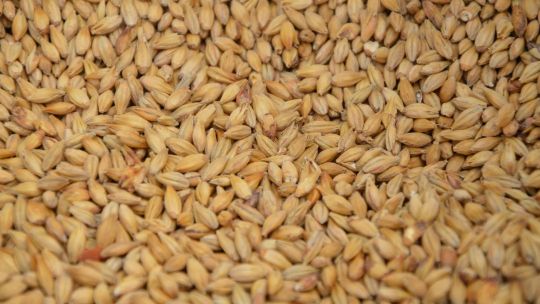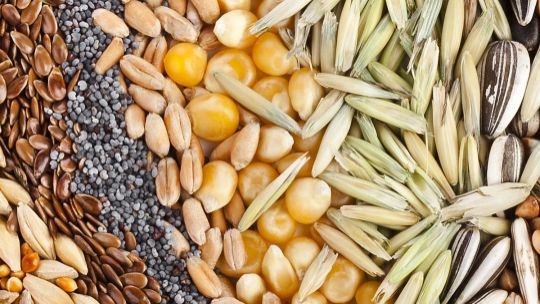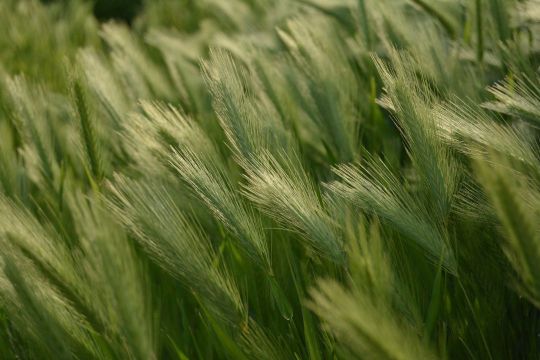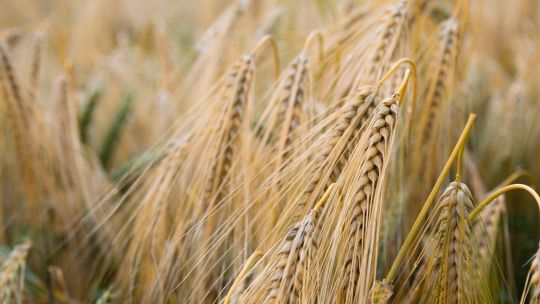
Depending on the direction of grain use, different requirements are imposed on its quality. Quality indicators, depending on the destination, have a different effect on the prices sold. They are the subject of contracts and the payment criteria.
The grain must be healthy and free of harmful substances. The permissible amounts of residues of plant protection products, heavy metals, mycotoxins, harmful chemicals and nitrates are regulated by laws. Due to the spread of ear fusarioses and increased grain saturation with mycotoxins (deoxynivalenol, zearalenone, etc.), the EC and various other countries have established maximum permissible amounts of them in grain and grain products.
Express methods are currently being developed to quickly establish the health status of grain when receiving goods, so as not to mix affected batches with healthy ones. Nature plays an important role in all crops (kg of grain / 100 liters of volume). Minimum indicators have been established, below which grain is not bought during intervention.
It is impossible to judge the internal quality by external signs. Internal quality indicators are important criteria for determining the prices of baking wheat and rye, as well as brewing barley. Important indicators for baking wheat are direct and indirect indicators, such as milling and baking properties. The first ones include:

• drop number. It shows that starch grains are not destroyed either mechanically or as a result of premature germination. The standard Hagberg test method shows the time in seconds that the piston needs to reach the bottom of the test tube when it is freely immersed in preheated starch paste. The lower the indicator, the greater the activity of the enzyme amylase, which destroys starch. Indicators below 256 ... 285 sec. they show insufficient quality in wheat, rye < 80 ... 100 sec;
• protein content. It correlates with the gluten content. It is desirable to have a protein content of 11.5...13.5 in the dry mass. Standard test method: determination of nitrogen by Keldal, followed by multiplication by a factor of 5.7;

• sedimentation rate. This is a measure to assess the swelling ability and thereby the quality of the protein complex of the grain. The standard Zeleny test method: flour is poured into a measuring cylinder in an alcoholic solution of lactic acid. At a certain time after stirring, the volume of sediment is determined. Indicators below 16 ml are very low, more than 47 ml are high;
• water absorption. It depends on the protein content and on the elasticity of gluten. It is also affected by vitreous. The mass of dough that can be obtained from grain and its elasticity depend on water absorption. The average values of water absorption in wheat are 55 ... 56%.
• vitreous. It characterizes the relationship between starch grains and protein in the endosperm. It is determined by the amount of flour that lingers after grinding on a sieve with 75 mm holes. Energy consumption during grain grinding depends on it, it ranges from 30 to 70%. The average vitreous content is 48 ... 50%.


The milling properties are:
• Ash number. It is determined from the proportion of flour after 6 passes through the laboratory milling machine according to the formula: Ash number = (Mineral content, % CM/Flour yield) × 100000 The milling industry requires grain with low ash numbers. • Flour yield. It is determined by the amount of mineral substances after burning flour at 900 ° C. Depending on their content, wheat and rye flour is divided into types. In Germany , wheat flour type 550 has a mineral content of 0.51 ... 0.63 g.
The baking properties are:
• Bread volume. It depends on the gluten content (gluten), i.e. the fraction of wheat protein that can be washed from flour. It is determined by the accelerated method of determining the baking qualities of grain from wheat flour by the Rapid-Mix-Test method. The average bread volume is 622 ... 651 ml .
• The elasticity of the dough and the properties of the dough surface. They depend on the gluten content and are determined by the Rapid-Mix-Test method. The quality of winter wheat grain in the farm can be influenced by various measures.

Feed mills usually have the following requirements for feed wheat:
• absence of fungal infestation;
• grain moisture up to 15 %;
• crude protein content > 11.5 %;
• crude fat content > 2.2 %;
• the crude fiber content is not higher than 2.5 %;
• nature at a minimum of 73.5 kg/ch.
The baking qualities of rye are determined by mucous and swelling substances and their connection with starch grains. These bonds are destroyed by the high activity of the enzyme alpha-amylase, which breaks down starch during germination. Therefore, low alpha-amylase activity is required. The main indicators of the quality of baking rye are the number of drops and the amilogram of flour. The amylogram expresses the sum of the swelling and gluing of starch. High-quality batches of baking rye should have at a minimum an amilogram of flour 330 amilogram units and a drop number of 90. When growing under contracts, batches with a drop number of 120 ... 140 are often required, in certain cases – 180 ... 200. The protein content of rye for baking purposes should not be higher than 9 ... 11%. A higher content is undesirable, as it negatively affects the yield of flour and baking technology. When trading barley for fodder and food purposes, as a rule, it does not have special requirements for internal quality.

Determine the indicators of external quality:
• the share of marketable grain, i.e. the share of grains of fraction > 2.2 mm in gross weight;
• the proportion of grain completion, i.e. the proportion of grains of fraction > 2.5 mm in gross weight;
• nature, which must be at least 63 kg/h.
As a rule, indicators of the internal quality of grain are determined in laboratories. Samples are taken from each batch to perform the analyses. It is advisable that the grain seller also keeps a sample for himself, which can be used to resolve disagreements on the results of quality analyses.
